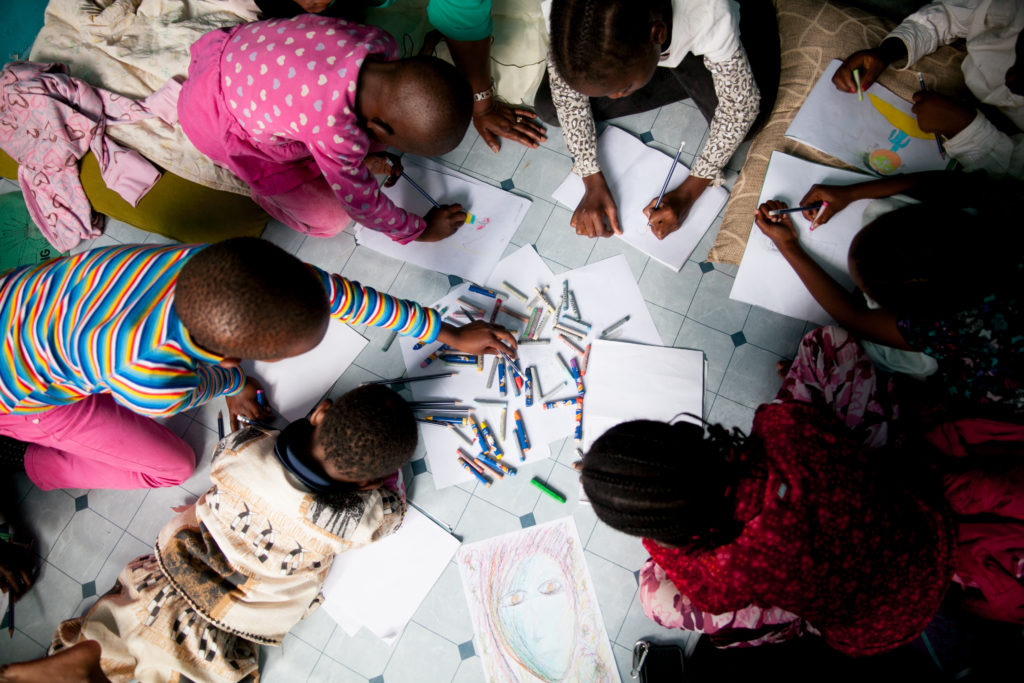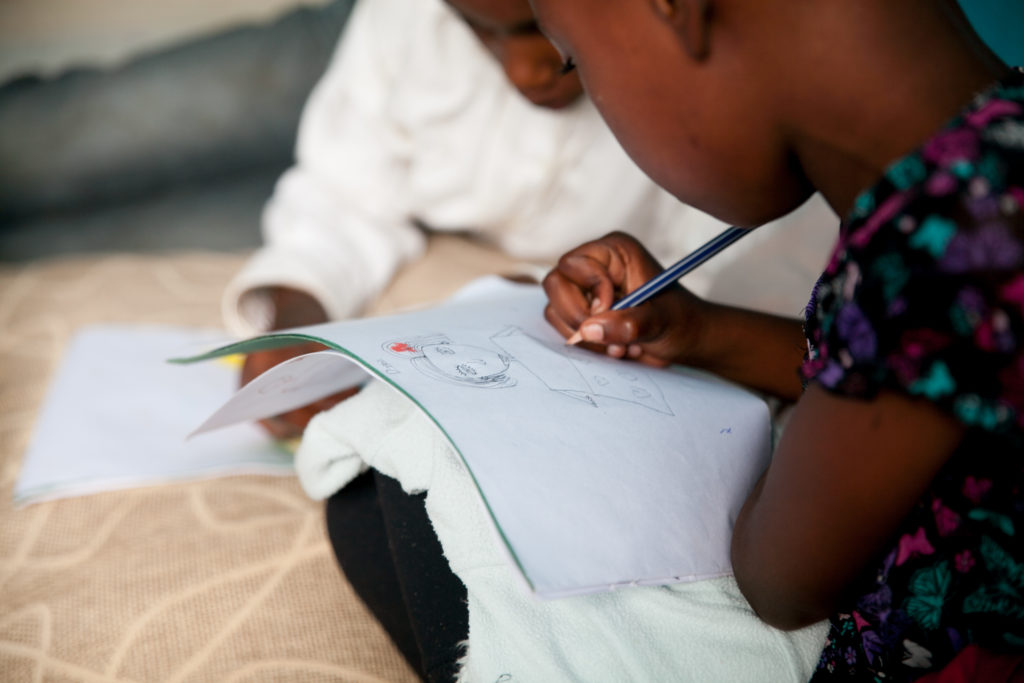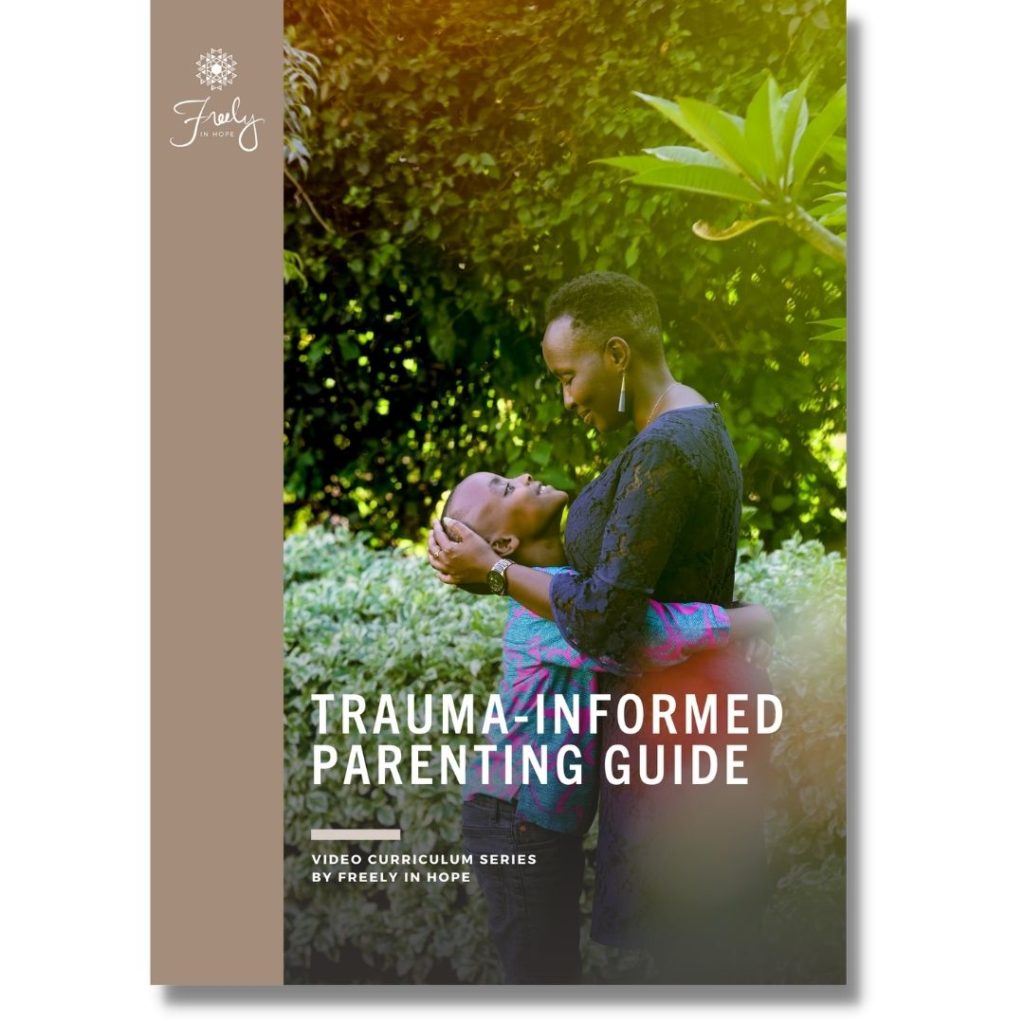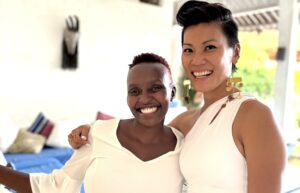Each day that we fight for justice for survivors, we hear of new child sexual abuse cases and families healing from collective trauma. Although strides in the right direction have been made through interventions and informed care, there is still much work to be done. Most communities are unequipped with the information necessary to fight such a prevalent issue. If we are to leave an even larger impact, our efforts must be paired with prevention-focused conversations to inspire shifts in African culture.
Learning about the causes and effects of sexual violence in our communities will provide understanding and strategy as we seek to disrupt the cycle of child sexual abuse. Here are some of the main factors that enable the prevalence of child sexual abuse:
1. Myths And Misconceptions
Several false narratives have perpetuated child sexual abuse in Kenya and Zambia. Flawed beliefs often hold that children are only victimized by creepy strangers and that only girls are at risk of abuse. But most often, perpetrators are actually members of the community who live with children, such as fathers and uncles. When the adults within a community spread misinformation and build a culture upon it, their children will continue to suffer abuse. False narratives enable the perpetrators to continue offending. For example, the “virgin cleansing” myth is the belief that having sex with a virgin will cure a person of HIV/AIDS or STDs. This myth alone can single-handedly ruin countless lives, as the obvious target of abuse becomes children. By presenting communities with viable facts and truths around child sexual abuse, we can raise up a generation of informed adults who are not afraid to challenge these misconceptions.

2. Silence
Abuse thrives in silence. The prevalence of silence after abuse means that more often than not, abuse will continue for a prolonged period. Perpetrators of these heinous acts always count on the silence of their victims to enable their behavior. A common tactic is to threaten the child against speaking out, isolating the child from their true support system. Even more unfortunate, is when the adults meant to protect the child will ask them to never speak of the abuse, for fear that the community might shun the family. Such patterns subject a child to repeat abuse and reinforce the culture of silence. Another aspect of silence lies in the child’s cognitive inability to explain the abuse. A child may think, “Something wrong is happening to me,” but they may not know what to do with that information. By having conversations around what abuse entails and the importance of speaking up, we can disrupt this paradigm. We must teach our children that no matter what happens, the most important thing they can do is tell someone. And that when they do, they will be believed.
3. Shame
In the silence lies the shame. Shame is the negative judgment against oneself. Because sex is taboo in most communities, the child survivor carries the shame and guilt of the abuse. This may stem from the secrecy of the act, the stigma and unspoken criticism of others, or in the outright condemnation of the survivor. Sometimes shame may even stem from the flawed belief that the child did not do enough to stop the abuse, or that they are worthless now that the abuse happened. The false belief that they are somehow responsible for what is happening is a heavy burden. To combat this shame, it is important to have conversations that remind them that they are loved unconditionally and that it’s not their fault. Affirmations that validate and acknowledge them as worthy can help mitigate the shame. Encouraging them to seek therapy will also help them process the trauma and begin their journey towards healing.

4. Grooming
Grooming is manipulative behavior that perpetrators use to gain access to their victims. It requires gaining the child’s trust and normalizing sexual behavior. Grooming can take place in both physical spaces and online spaces. According to RAINN, grooming most often follows a pattern. Perpetrators will select their victims based on ease of access, gain access to and isolate the child, gain their trust, normalize sexual acts and topics, and finally, the perpetrator will attempt to avoid suspicion from others. Learning about grooming tactics and warning signs will equip parents caregivers to intervene and even prevent abuse. Parents can also protect their children from online grooming by setting up internet restrictions privacy controls, ensuring a safer online experience for their little ones. To learn more about the importance of relational boundaries for children, click here.
5. Culture
Many African societies facilitate practices that to undermine efforts to end child sexual violence. In the Samburu communities, for example, the “beading” practice allows older men or warriors (referred to as Morans) to give young girls beaded chains as a way of claiming them to temporarily have sexual relations. From female genital mutilation, to child marriages, to “virgin testing”, these acts have served to normalize sexual abuse of children. Because of the cultural aspect, any efforts to condemn such practices are met with resistance. These rituals are so embedded in their way of life that girls are conditioned to believe that participating in such acts is honorable. Advocacy and outreach efforts in these communities will equip their members with knowledge, while helping to end such harmful practices. Equipping them to develop safe alternative practices can disrupt this cycle.
Parents and caregivers are increasingly spending most of their time away from their children due to work obligations. As a result, they must outsource child care services from people previously unknown to them. Parents must be actively involved in vetting the adults who have access to their children. When hiring nannies, for example, caregivers must take necessary precautions before allowing their children to interact with potential candidates. This may include having verified documentation of potential hires, verifying referrals, and having in-depth interviews to ensure that they are safe, and continually check in to make sure that these standards are maintained during the period of service.

access the guide!
The Trauma-Informed Parenting Guide provides the basics of trauma-informed care to empower parents and caregivers to have age-appropriate conversations with their children around sexuality, sexual abuse, and trauma healing.
Donate to our campaign to receive access to the
Trauma-Informed Parenting Guide!

Joan Ngaruiya’s great passion is helping those who have been through traumatic experiences. She tirelessly supports their journey toward healing—ultimately helping them rediscover themselves as strong dignified individuals. As a counselor with Freely in Hope, she believes in empowering survivors through various methods of therapy, including trauma-focused cognitive behavioral therapy, to help raise the next generation of survivor-leaders who will champion the end of violence. Joan graduated Magna Cum Laude from Daystar University in Kenya with a Bachelor’s Degree in Psychology. For over 7 years, she has had the privilege of working with different institutions to prevent violence against women. Outside of work, she loves reading a good book and taking nature drives.




